Rewilding — the process of returning flora, fauna and communities back to their most natural form, or, restoring lost species to save ecosystems.
We have heard about the reintroduction of the European Bison to Poland, or the more well-known success story of returning wolves to Yellowstone National Park, and now Australia has two examples of rewilding successes with the Eastern Quoll and Tasmanian Devil.
Rob Brewster founded Rewilding Australia with a mission to improve Australia’s wildlife, restore lost ecosystem function and species interactions, and increase ecosystem resilience to future threats.
In this interview, Rob sheds some light on the first rewilding projects in Australia.
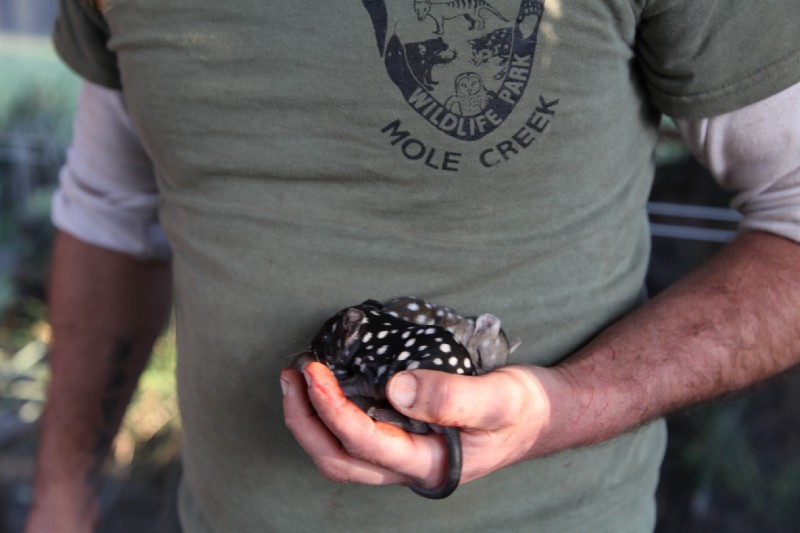
Tell us about Rewilding Australia and how it all came about?
Rewilding Australia’s goal is to move beyond conserving our existing and often quite degraded ecosystems, towards their active restoration. Our ambition is to draw on the collective wisdom of science and Indigenous ecological knowledge to guide our programs.
In the past few millennia, and in particularly in the past century, Australia has lost some of our keystone species, whose interactions with other species in the environment maintained a healthy ecosystem. These losses have been a result of the changing climate and a growing human population. However, introduced species, particularly the feral cat and the European red fox — have had a greater effect on Australia’s total extinction rate than any other factor.
Rewilding Australia seeks to investigate some of the difficult to answer, ‘landscape scale’ issues of species interactions to reverse the declining trajectory of many of our species.
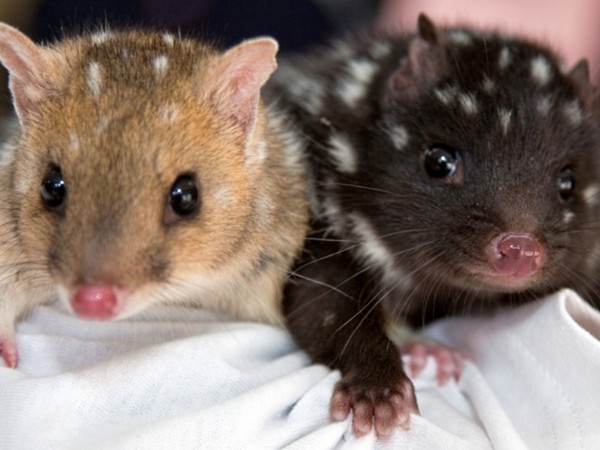
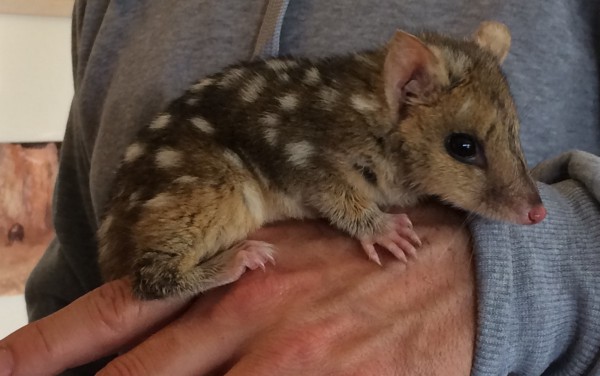
What initially drew you to focus on the Eastern Quoll?
The Eastern Quoll is a species that has become completely absent from most of its former range. It is extinct on mainland Australia and found only in Tasmania. With this loss of arguably our most beautiful species from south-eastern Australia’s forests, we have also lost the multitude of interactions the quoll played within other parts of their ecosystem. Despite Eastern Quolls being mostly insectivorous, they are still essentially a carnivore and play a role in regulating the population of other species. The Eastern Quolls were here so recently — until at least the mid-1960s. The longer time goes by though, the shifting baseline of expectation means that people forget about why this species is so important to its ecosystem. The issue was summarized quite succinctly by an ecologist writing on the loss of the Eastern Quoll. He wrote, “The sad thing is not that we lost the Eastern Quoll on mainland Australia, it’s that we haven’t tried harder to bring it back.”
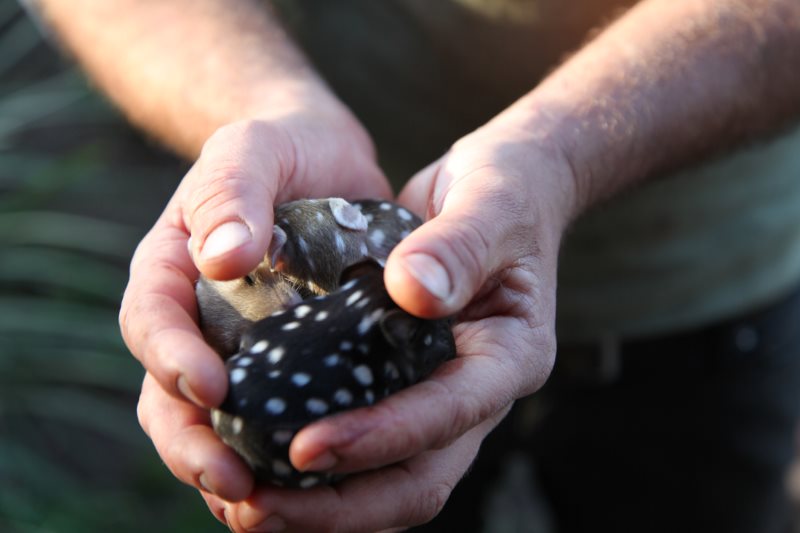
What are some of the environmental challenges facing the Eastern Quoll?
Eastern Quolls love cool, dry conditions. With a rapidly changing climate, where the south-eastern part of Australia will be warmer and wetter, the total size of suitable habitat for the Eastern Quoll is likely to contract over time.
The most immediate challenge in Tasmania, however, is feral cats. Road mortality is also likely to contribute to local declines in populations.
On mainland Australia, foxes were a threat, so if we’re ever going to have Eastern Quolls back on mainland Australia, we need to determine methods for cost-effectively managing foxes that are sufficient to allow Eastern Quoll populations to persist.
What are some of the biggest challenges you have faced?
We have certainly had challenges getting Governments engaged in the concept of restoring our ecosystems. We’ve had a lot of people say to us, why we don’t just focus on protecting what we’ve got left. However, managing a degraded ecosystem is more time consuming and costly than maintaining a healthy ecosystem. And sometimes it requires fundamental shifts away from traditional ecosystem management approaches. If we can get our ecosystems to a state where we no longer need to inject vast resources to conserve them, then ultimately our ecosystems will be better off. Also, the current conservation message doesn’t adequately engage the community anymore. If we want people to get out there and help, they need a vision that inspires.
What were some of the unexpected challenges?
Ongoing management intervention of our ecosystems is many people’s bread and butter. There are plenty of wildlife managers who like the idea of a paid job that involves managing a threatened species in perpetuity. It’s rewarding to spend time interacting with a threatened species — and I think the concept of rewilding — or making these species a little less endangered, has people wondering if they’ll be needed any longer. My answer is yes; you’ll be needed. There’s plenty that needs to be done. And you’ll be no less important if your species of focus is no longer threatened with extinction.
Also, Government ownership of wildlife is still a policy issue that we haven’t yet properly resolved. Most environmental legislation and regulation in Australia assumes that anybody interacting with wildlife has the intention of harming it. It means that the many thousands of Australians who would love to participate in helping to bring back some of our wildlife, just don’t have the opportunity to do so. Australians feel very separated from our wildlife, and this isolation from interaction means that there is a collective under appreciation for our unique wildlife.
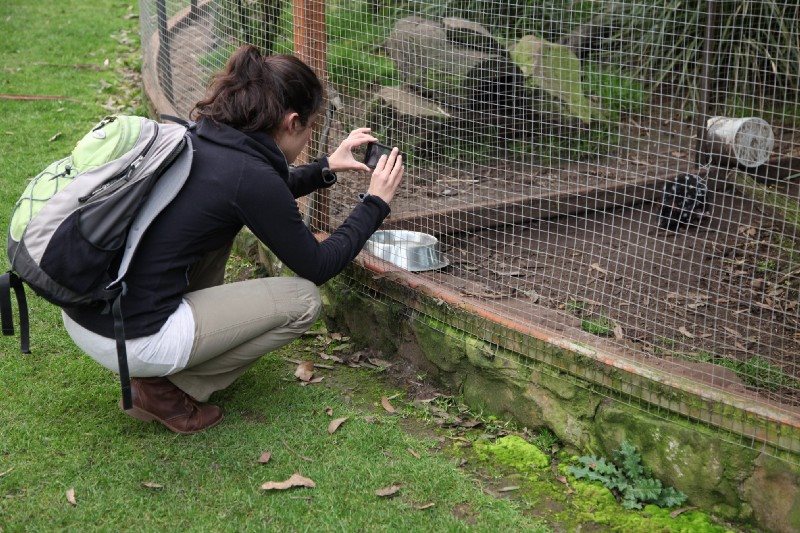
What has been one of the most rewarding experiences?
Finding out just how easy it is to breed Eastern Quolls. I’d been told it would be difficult and expensive, but we’ve found some fantastic partners at Tasmania’s Trowunna Wildlife Park and Devils Cradle who are part of an Eastern Quoll Conservation Breeding Program with some other sanctuaries. They’ve been successfully breeding quolls to support our reintroduction proposals with minimum fuss and maximum of output. Funding provided by Rewilding Australia and our conservation partners has helped increase the total population of captive Eastern Quolls in the Program by over 30% in the past 12 months.
What do you think makes Australian wildlife special?
For a scientist, having a landscape where wildlife has evolved in isolation for millions of years — surviving off our nutrient poor leaves, digging for food in the most barren of landscapes is a genuinely exciting experience. From a purely human perspective, just the beauty of some of our wildlife is something we need to appreciate more. We’ve got gliders that look like gremlins living in our forests and quolls whose patterns are more beautiful than the Asian tiger. But do most Australian’s know anything about them? No. These species also keep our forests healthy, play vital roles in seed dispersal, pollination and germination of plants. There’s emerging evidence to demonstrate that our wildlife also has significant roles to play in reducing bushfire intensity (by burying leaf litter for example) and perhaps even in keeping agricultural landscapes healthier, by aerating soil and predating on pest animal species such as insects, mice and rats.
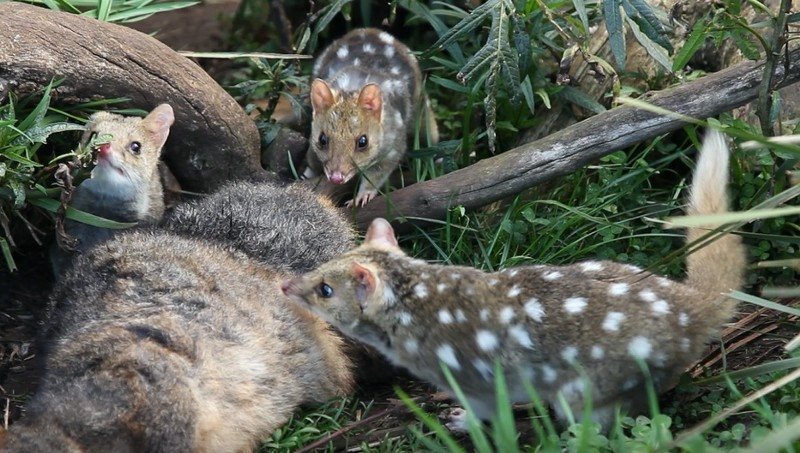
Do you think Australians do enough to conserve and appreciate our wildlife?
Certainly not! It’s not their fault though. If you don’t know about something, you can’t appreciate it. The ‘extinction of experience’ is a term coined by ecologist Robert Pye over 20 years ago, and it relates well to our wildlife. Some of our mammals have become so threatened, or survive far from our urban population centres that people just don’t see them. And if you don’t see them you don’t appreciate them. And if you don’t appreciate them, well, you don’t conserve them. I’d encourage everyone to stop at the next dead animal they pass on the road (if it’s safe to do so!) get out and have a look at it. Appreciate it for its uniqueness. And consider the irony in the fact that most Australians only observe our wildlife when it’s dead on a roadside. And then get involved in the rewilding movement.
What are you most passionate about, and what are you working on next?
We need to do something to address the issue of foxes and feral cats in Australia. In all likelihood, these species are here to stay. Baiting and shooting them just doesn’t cut it either. Not in the long term anyway. It’s expensive, time-consuming, not target-specific and when the money dries up the foxes and cats come back. We could perhaps use Tassie devils to provide a buffer between our mammals, that are particularly vulnerable to fox and cat predation (our ‘Critical Weight Range species that weigh between of 35g and 5.5kg). This buffer may come via predation or competition from Devils with foxes or perhaps even via the spatial avoidance of devils by foxes.
The interaction between devils and foxes is yet untested, however, in my mind this is Australia’s most important unanswered conservation question. The stakes have never been higher for our wildlife.
If you would like to learn more about Rewilding Australia or get involved, visit http://www.rewildingaustralia.org.au/ . To make a donation, click here.
